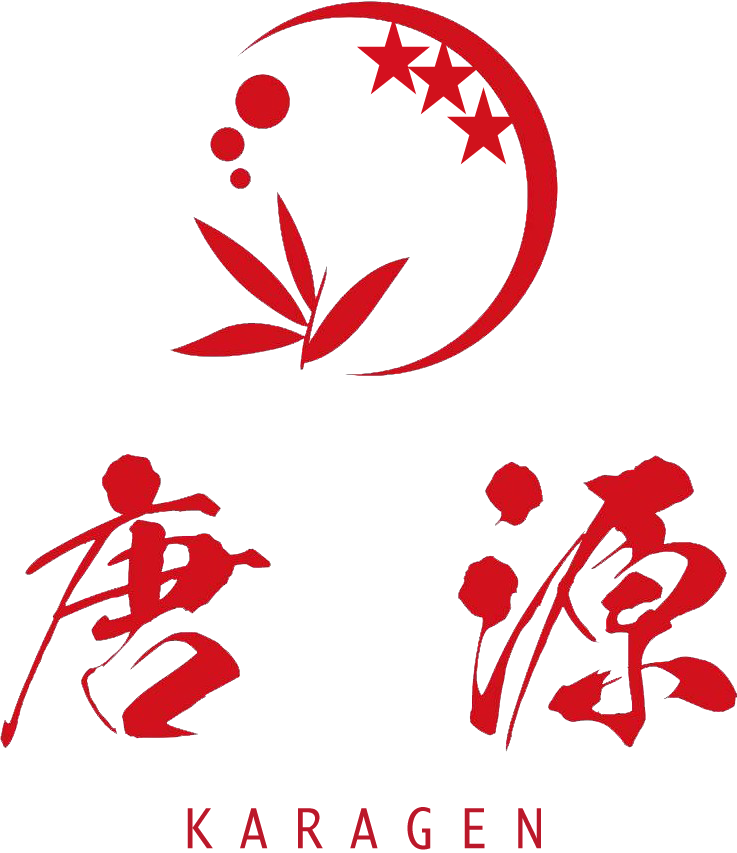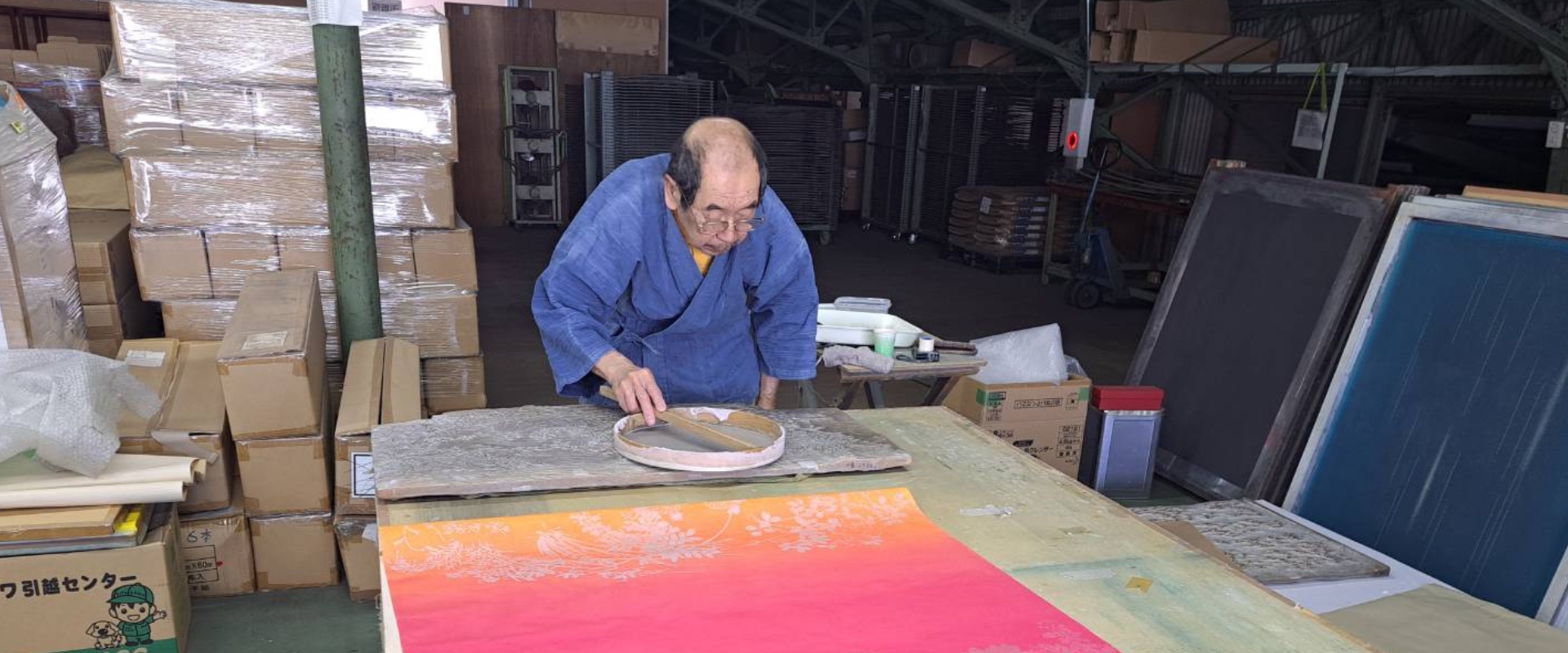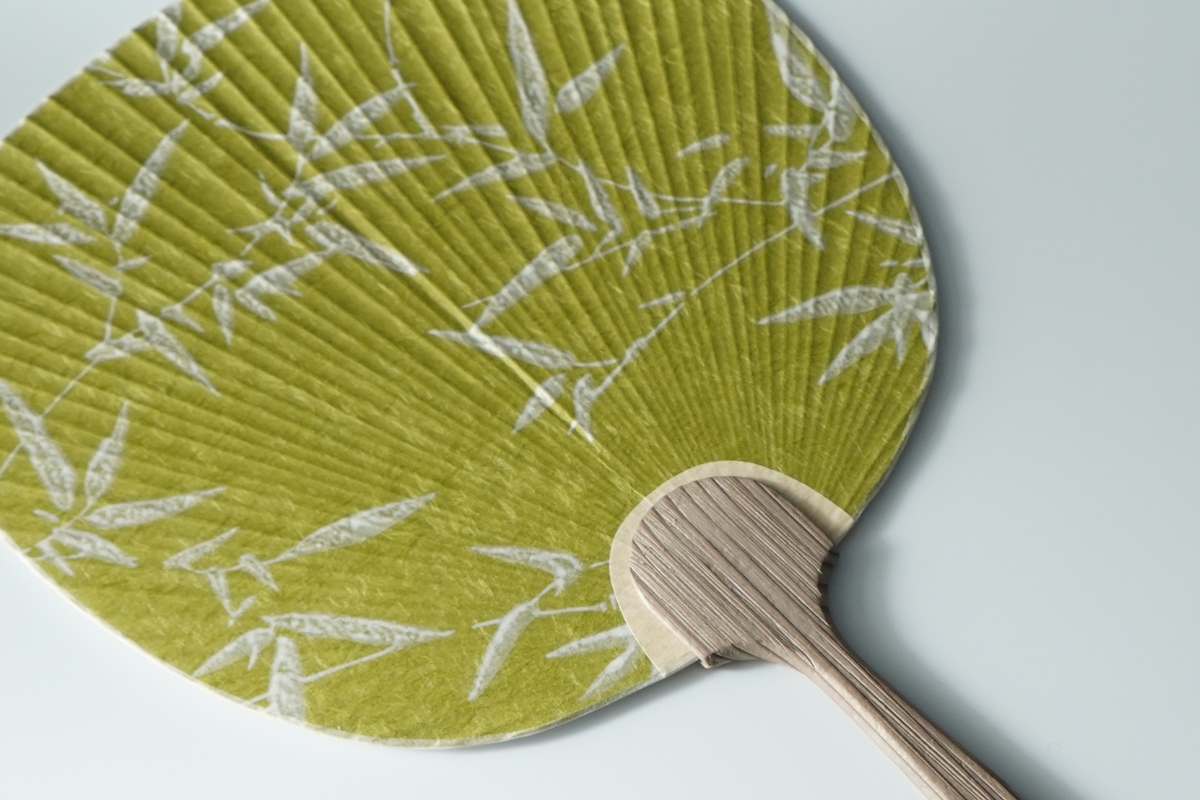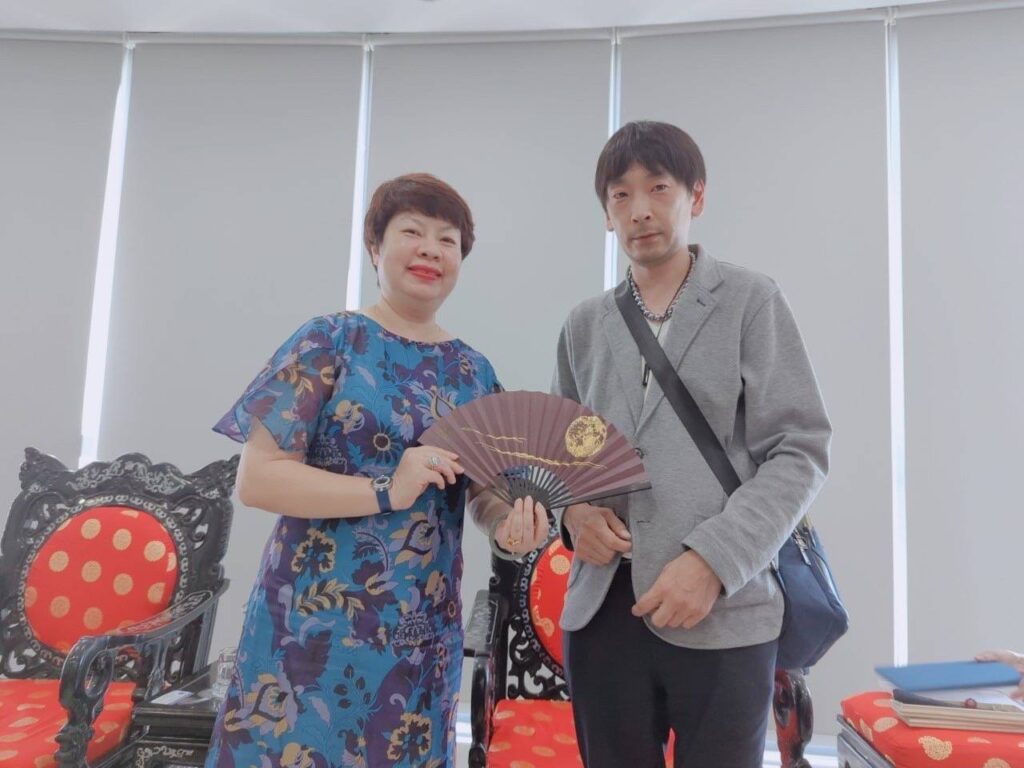News
History of KARAGEN
Techniques passed down from Edo to 2025
~Karakami production from 1848 to 1855
Karagen” is said to have been founded during the Kaei era in the Edo period (1603-1868) by Koizumi Genjiro, the grandson of “Koizumi Shichigoro,” the founder of Karashichi, and has been producing karagami for over 170 years until 2025.
Traditional and modern karakishi
Koizumi Yukio, the fifth generation of the current owner, Koizumi Shichigoro, has been preserving and refining traditional Japanese techniques since the Edo period, while his son, Koizumi Masayuki, the sixth generation karakishi, weaves modern beauty into the techniques of traditional crafts.
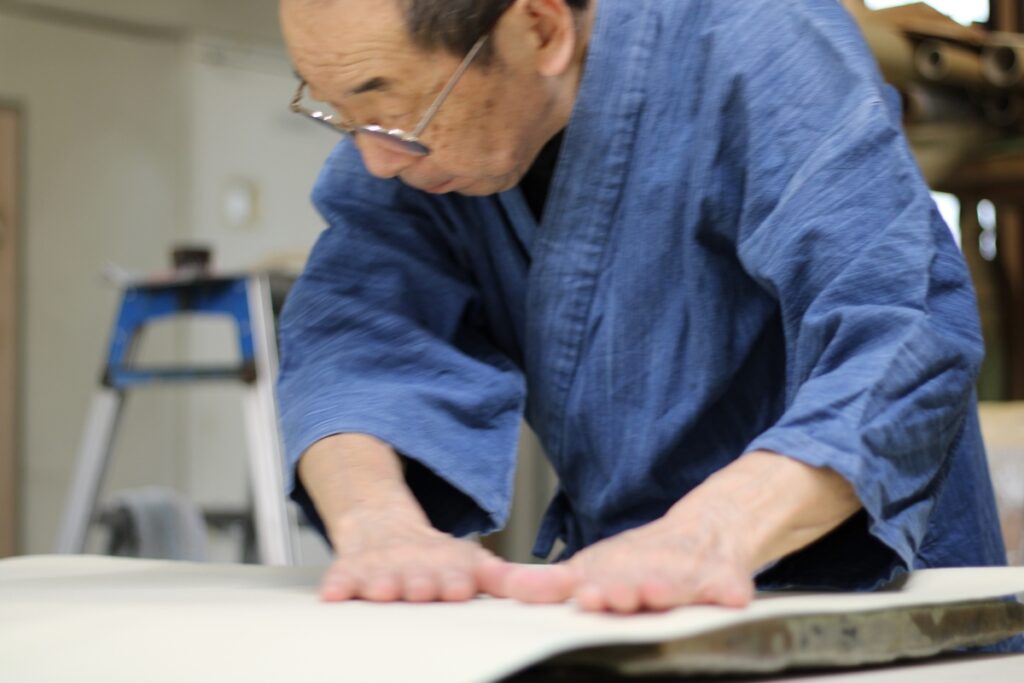

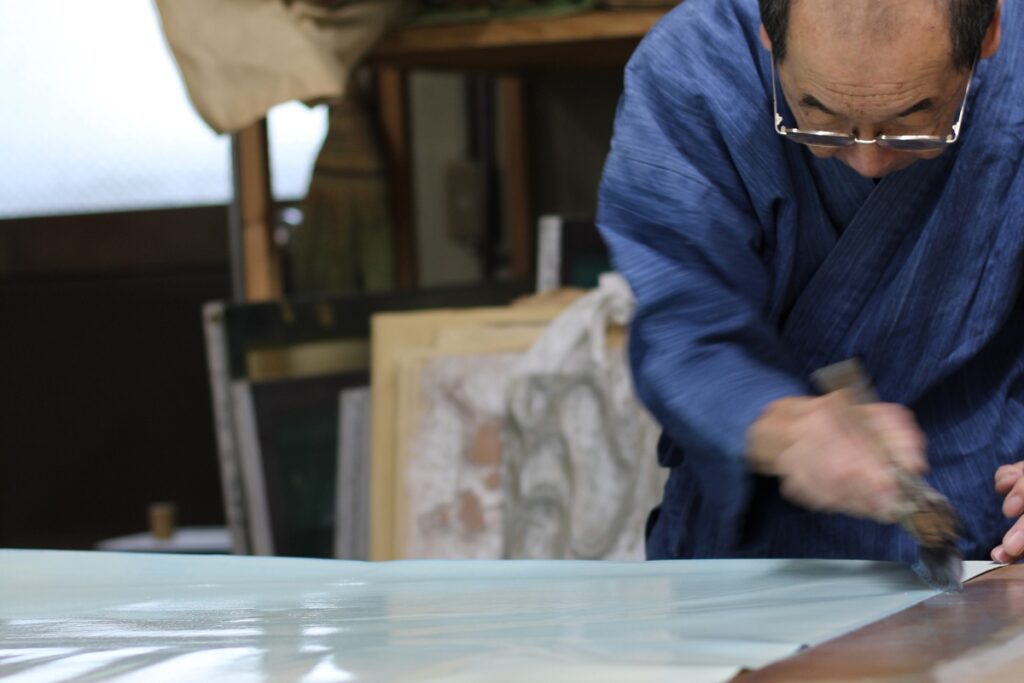

Achievements
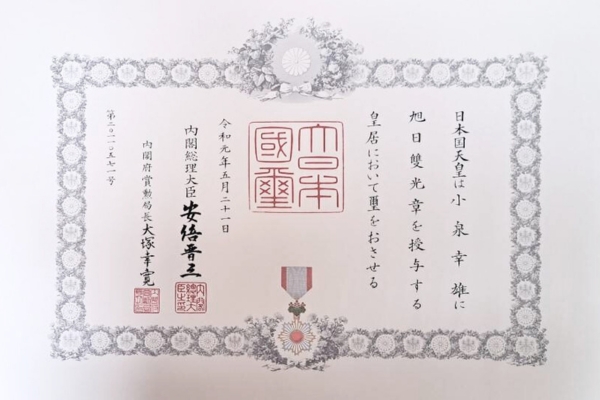

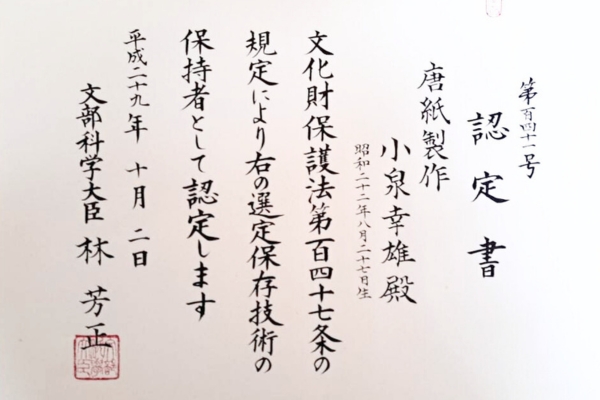

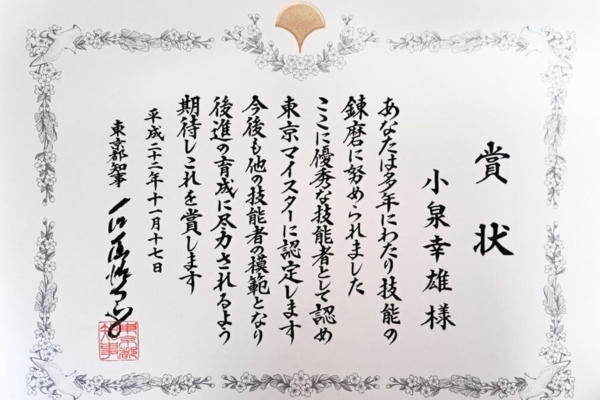



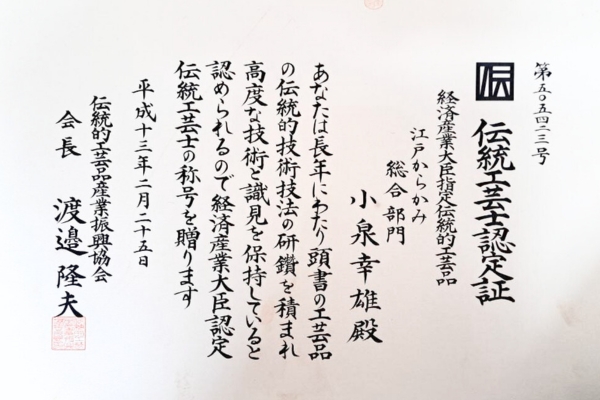

2001 (2001) Minister of Economy, Trade and Industry Certified Traditional Craftsman
2002 (2002) Governor of Tokyo Certified Traditional Craftsman
2010 (2010) Tokyo Metropolitan Excellent Craftsman “Tokyo Meister” Award
2015 (2015) Tokyo Metropolitan Person of Merit Award
2017 (2017) Certified as a Selected Preservation Technique Holder for Cultural Property
type of karakami used during the Edo period
Japanese Traditional Crafts
A technique of paper decoration that developed from the Monkarakami, which came from the Northern Song Dynasty in China during the Heian Period. It originated in Kyoto during the Heian period (794-1185), and during the Edo shogunate (1603-1867), many craftsmen moved to Edo (present-day Tokyo), where it developed and has been handed down to the present day.
It was first called “jikarakami,” which means karakami made locally in Edo, but the term “jikarakami” gradually fell out of use around the end of the Edo period.
As its name suggests, “KARAGEN” signifies the origin of karakami (traditional decorative paper). It proudly refers to “Jitorigami” (local karakami)—a term used to describe this traditional technique, which has been passed down through generations in Edo (present-day Tokyo) and is recognized by the Japanese government as an official traditional craft.
Please feel free to contact us for production requests.
First, please feel free to contact us. We will respond as quickly as possible to your request for a quote.
Karagen’s Commitment
Inheritance of traditional techniques passed down from the Edo period
Karagen has a long history dating back to Karashichi, which was founded in the Kaei era (1848~), and has faithfully maintained the traditional techniques of jikarakami handed down from generation to generation. 5th generation Koizumi Yukio has inherited the techniques from the Edo era, and while respecting tradition, he is also studying ever higher techniques.
Fusion and creation of craftsmanship and modern beauty
Masayuki Koizumi, the sixth generation of the company, pursues new karakami possibilities by incorporating modern aesthetic sensibilities while respecting traditional craft techniques. One of Karagen’s particular strengths is that it not only preserves tradition, but also takes on the challenge of evolving its designs and techniques to meet the needs of the times.
Focus on real materials
We are very particular about the materials used in the production of our products, and use genuine Japanese paper and materials. Please experience the beauty of the real thing.
About the Brand
KARAGEN
Each sheet of karakami is handmade, with pigments carefully mixed to match the washi and climate, then applied using traditional techniques like hanki-oshi and gubiki.
At KARAGEN, we offer not only fusuma panels but also postcards and pochibukuro. Add a touch of karakami charm to your letters and gifts.
KEIBIFUGETSU
Amid concerns over the declining demand for fusuma paper and the drop in inbound tourism due to COVID-19, the “Keibi Fugetsu” project was born from a meeting with designer Hisakazu Suzuki.
The initiative began by revisiting traditional washi-making, using handcrafted paper by Yuko Tanino of Tesuki Washi Tanino. The moon was expressed through karakami techniques, combining tradition with new vision.
Sensu folding fans were created by Yoshiko Fukatsu of Unkindō Fukatsu Sensu Shop, and the folding screens by Takato Kataoka of Kataoka Byōbu Shop.
This is a bold new challenge by four certified traditional craftsmen and a designer, working together to breathe new life into centuries-old artistry.
